
by Jason Sacks
Philip K. Dick has a new novel out. And guess what, it’s very strange. Are you shocked?
The Ganymede Takeover, by Philip K. Dick & Ray Nelson
The space slugs have taken over the Earth.
Those slugs come from the distant planet Ganymede. Earth is their first invasion target ever. But they have ambitions. The Ganymedeans have managed to conquer and occupy our planet. However, the slugs are failing at their third objective: to absorb the people of Earth as their servants.
Resistance is strong in at least one area of the planet: the Bale of Tennessee. There, he will have to fight the Neegs, who are led by a violent revolutionary named Percy X. The dreaded assignment of conquering that area goes to Mekkis, an insecure slug whose fortune bodes poorly.

Mekkis and his fellow conquerors have one great weapon at hand they can use to defeat the humans. A human, the neurotic Dr. Baldani, condemned as quisling, has developed a reality distortion bomb, which can destroy all of humanity. But will he allow that weapon to be used?
The Ganymede Invasion, a rare collaboration between Philip K. Dick and Ray Nelson, is dense as hell and weird as hell. Dick and Nelson make a pretty good team. Nelson smooths out Dick while Dick makes Nelson weird. Their San Francisco writers’ workshop friends must love the stories the pair creates

Truth be told, I missed Dick’s wild randomness at times; I was genuinely shocked that nearly all the elements introduced in the first chapter resolve by the end! Meanwhile, Nelson pushed Dick to go even further with his usual psychedelia, with references to supermarket carts with submachine guns and to vorpal meat cleavers, among many other stunning images. It’s the Summer of Love and this book came from the San Francisco area, so how can you ask for anything timelier?

Percy X is the most intriguing character in the novel. Percy can be seen as an analog to Malcolm X, which would make the Neegs the equivalent of the Black Panther Party. Or he can be seen as a reflection of Perseus, the Greek legend who slayed monsters and came to found the republic of Mycenae. Either interpretation would fit this story. Percy is a crusader, a fighter against the literal monsters of the Ganymedeans and is a true hero. Heck, the name Ganymede implies a reference to Medea.

I haven’t discussed the sentient hotel rooms or talking, neurotic taxi cabs or even a key Quisling type character in the book. There’s just too much to cover in a review like this and I want you to be surprised by what you read.
The Ganymede Invasion isn’t great Dick, but it is hugely entertaining. And like nearly every novel by PKD, Ganymede is a short quick read. I recommend this oddball collaboration.
3 stars.

by Gideon Marcus
I Have No Mouth, and I Must Scream, by Harlan Ellison
The third collection of Ellison stories contains the now-typical set of introductions which folks often like as much as the stories they precede. It's a thin volume, with just seven pieces, and it suffers for being less tonally nuanced than the prior two collections. The subject is pain, Harlan's personal pain, and while I'm sure the tales were cathartic to write for him, by the end, they all start to sound like Harlan kvetching to us over a Shirley Temple at around 3am.

Not that they're bad–Harlan is a gifted author–but they are somewhat one-note and unsubtle. To wit:
-
I Have No Mouth, and I Must Scream: The last five humans are trapped in the bowels of the sapient computer who hates and torments them. This is the unexpurgated version of the story that appeared in IF a few months prior, with less veiled references to homosexuality and genitalia.
It's a raw, powerful piece. Four stars.
-
Big Sam was My Friend: An interstellar carnival makes a stop on a planet with a tradition of human sacrifice. Big Sam, the circus strong man, can't let them go through with it…with disastrous results. Interesting more for the detail than the events.
Three stars.
- Eyes of Dust: On a world devoted to and obsessed with personal beauty, can deformity be tolerated? Be careful – perfection may need imperfection to exist!
Another passionate story, but somehow forgettable. Three stars.
- World of the Myth: Three astronauts are stranded on a planet: a cruel but charismatic man, the woman who loves him, and the nice fellow who loves the woman. They meet a race of telepathic ants, conversation with whom reveals the true nature of the parties communicating. Can the astronauts stand that knowledge?
It's a neat setup, but a rather prosaic story. Three stars. - Lonelyache: A widower is tormented by dreams in which he is hounded by assassins, forced to dispatch them in the most brutal of fashions. Gradually, the man becomes aware that there is an inchoate…something…sharing his apartment, feeding on his unhappiness. Can he escape its thrall before it's too late?
The story with the most Harlan-esque voice. Three stars. - Delusion for a Dragon Slayer: To all respects, Warren Glazer Griffin was the milquetoastiest of milquetoasts. But when he died in a freak accident, he was allowed to live an afterlife fantasy in which he indulged all of his suppressed depravities. The result isn't pretty.
Three stars. - Pretty Maggie Moneyes: Inspired by a true encounter (and with the best introduction of the collection), this is the tale of the woman who sold her soul for comfort, lost it permanently to a slot machine, and resorted to desperate measures to get free.
With the intro, I give it four stars.
For the collection, 3.5 stars.

by Robin Rose Graves
City of Illusions by Ursula K. Le Guin

An amnesiac narrator on a planet of liars. Le Guin takes us far into Earth’s future where humanity has regressed under the domination of a group of aliens called the Shing.
Our main character is Falk, who looks almost human except for his slitted yellow eyes. He wakes up in the forest with no memory of where he came from and mentally reduced back to the mind of a baby. Falk is taken in by a family and rehabilitated, all the while learning their culture, which fears the Shing who now control Earth and hinder civilization from developing to be any larger than scattered small groups of people across the planet. The Shing are most notable for being liars, something Falk is warned about throughout the book. However, in order to reclaim the answers that were stolen from him, Falk must leave the family and seek out the Shing.
The book drags during the first 80 pages as Falk travels alone through nature. This part serves well to relay the isolation of his journey and to show the effect the Shing’s presence has on Earth’s development. However, overall nothing of great significance happens in this part of the book.
Once Falk gets captured by a hostile group of humans, he meets a slave woman named Strella with whom he plots his escape in exchange for her guiding him to the Shing. Here the book becomes interesting, particularly when something Strella says suggests that the reason Falk has been stripped of his memory might be because that is how the Shing punish criminals. It made me wonder if Falk is really the good guy after all.
However, it isn’t until Falk reaches the City of Illusion that the story reaches its full potential and lives up to its name, as deceptions are uncovered and more information is revealed to Falk, who doesn't know what is true and what is false – including everything he has experienced up until this point. He’s unable to trust the Shing and unsure if they have ulterior motives. I had a lot of fun reading these chapters. Something would be revealed only to be quickly disproved and it made for an exciting read where I wasn’t sure what was going to happen next because I barely knew what the truth was – much like the hero.
The end chapters redeem the slow beginning. For a small world, Le Guin well establishes Earth as something distant and foreign to a modern reader. The plot exercises the brain and leaves the reader in suspense. However, this book is far longer than it needed to be. For 160 pages long, the first 80 pages are particularly empty and I think Le Guin could have achieved the same story by cutting out half the words.
I enjoyed this book, but it failed to impress. 3 stars.
The Strength to Dream

by Mx. Kris Vyas-Myall

There have been many surprising entries into SF writing, but perhaps none more so than Colin Wilson taking on H. P. Lovecraft.

Best known as a philosopher, Colin Wilson received great acclaim for his first book The Outsider and continues to be successful in this arena, including last year’s Introduction to The New Existentialism.

He has also attempted to express some of his ideas in popular crime fiction, such as Ritual in the Dark and The Glass Cage.
Neither of these avenues lead directly to science fiction, let alone Lovecraft. So how did it happen?
Apparently, Wilson is a fan of the concepts of Lovecraft and had written an essay saying so but expressing distaste for his actual prose. August Derleth saw this and wrote to Wilson suggesting he write his own book on these themes.
The result is The Mind Parasites, what could be described as Post-Lovecraftian. An optimistic existentialist new-wave cosmic horror, which is likely to either impress or appall the reader!
The Mind Parasites by Colin Wilson

The story starts in 1997, with Dr. Austin learning of the suicide of his friend and colleague Dr. Weissman. The news unsettles him, but the world suicide rate has been increasing over the decades and is in fact a major concern of many people. Delving into his papers, Austin discovers Weissman had been experimenting with ways of expanding his consciousness but became fearful of an evil presence.
At the same time Dr. Austin is working on a dig in Turkey. They discover a remarkable Proto-Hattian settlement where the inhabitants worship “Aboth the Unclean” and have massive blocks of stone which should have been impossible to move in 10000 BC. The site becomes a sensation when an elderly August Derleth notes how much this mirrors the stories of writer H. P. Lovecraft.
These two facts come together to form a startling discovery: for centuries mankind has had its progress impeded by a force that feeds on our despair. The Mind Parasites!
Whilst the concepts and themes are definitely of the cosmic horror seen in 30s Weird Tales, it is also most clearly something different.
Firstly, its writing is more academic than purple prose. This story is said to be compiled from a variety of papers in the early 21st century, explaining the unusual world events in the early 1990s. The fact that it is being told from the future provides an explanation for the style and shows the author giving real consideration to the context.
Secondly, in keeping with Wilson’s “New Existentialist” ideals, the characters are not simply the victims of ideas too big to grasp. Instead this is an ode to the limitless potential of the human mind. Rather than nihilistic, the ending is optimistic and the revelation about the true nature of the titular creatures was a fascinating surprise to me.
Thirdly, and what is likely to repel some readers, is that large passages are devoted to discussion of various theories of the mind and man’s place in the universe. These sections read more like Huxley’s Heaven and Hell than an Ashton Smith fantasy. That is not to say there is not plenty of action, with scenes involving wars, ESP and space flight. But your tolerance for exploration of Wilson’s pet theories is likely to dictate your enjoyment.
Grading this on a standard scale is tough as it is so strange and experimental. So I am giving it a – very subjective – five stars!
And because we have so many books to review, we'll be having another Galactoscope in just two days! Stay tuned…

![[July 16, 1967] The Weird and the Surprising (July 1967 Galactoscope)](https://galacticjourney.org/wp-content/uploads/2022/07/670716covers-672x372.jpg)

![[July 14, 1967] The Beat Goes On (August 1967 <i>Amazing</i>)](https://galacticjourney.org/wp-content/uploads/2022/07/amz-0867-cover-383x372.png)








![[July 10, 1967] Return to Collinsport (the gothic soap opera, <i>Dark Shadows</i>)](https://galacticjourney.org/wp-content/uploads/2022/07/BarnabasPortrait-1-620x372.png)










![[July 8, 1967] Family lines (August 1967 <i>Galaxy</i>)](https://galacticjourney.org/wp-content/uploads/2022/07/670710cover-672x372.jpg)




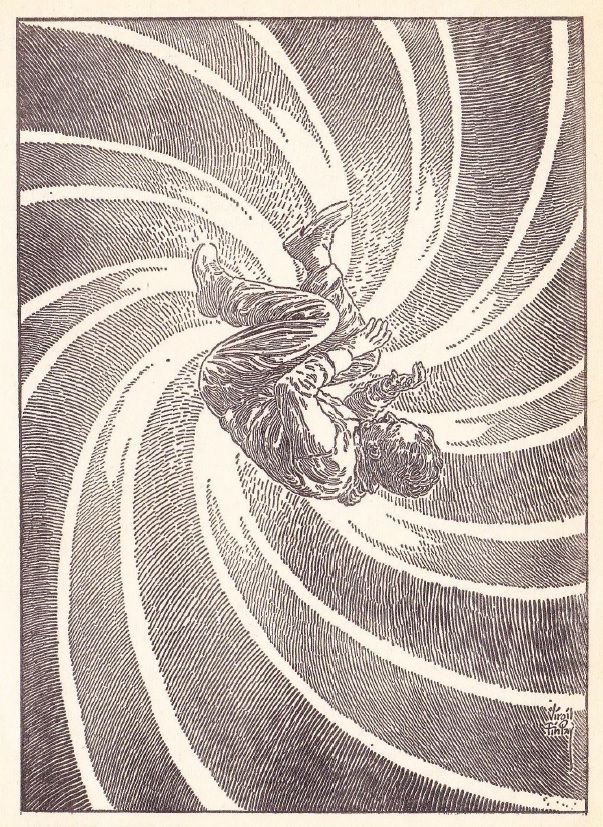






![[July 2, 1967] An Explosive Ending (<i>Doctor Who</i>: THE EVIL OF THE DALEKS [Part 2])](https://galacticjourney.org/wp-content/uploads/2022/07/670702emperor-672x372.jpg)

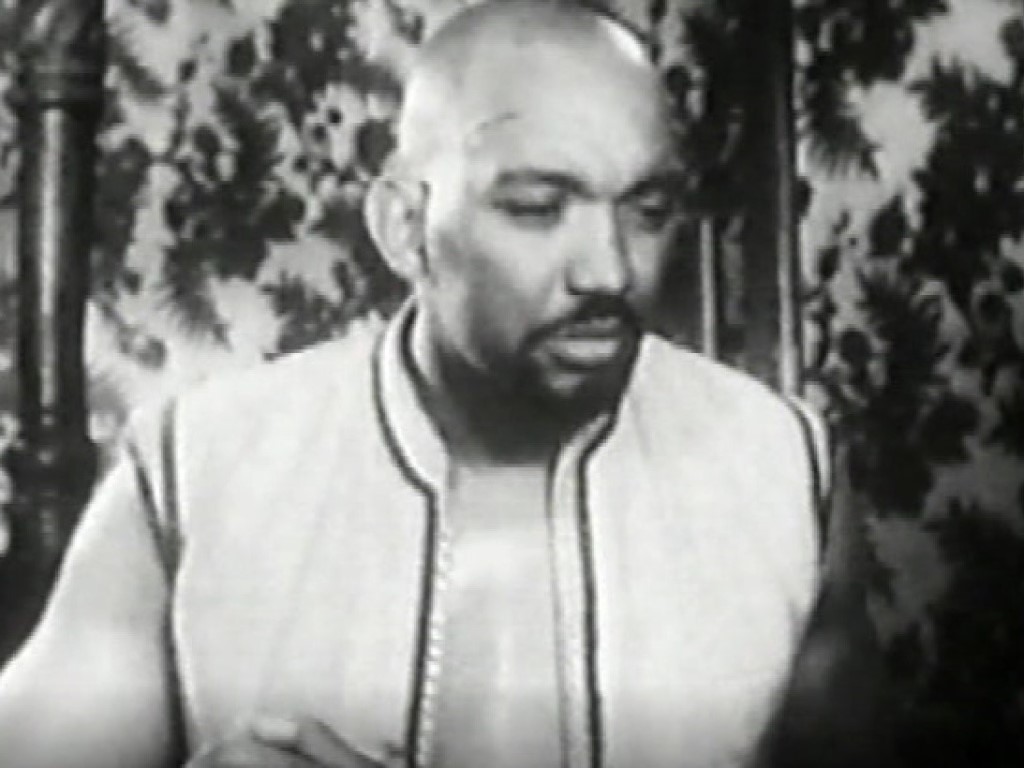
![[June 30, 1967] Bad trip (July 1967 <i>Analog</i>)](https://galacticjourney.org/wp-content/uploads/2022/06/670630cover-672x372.jpg)

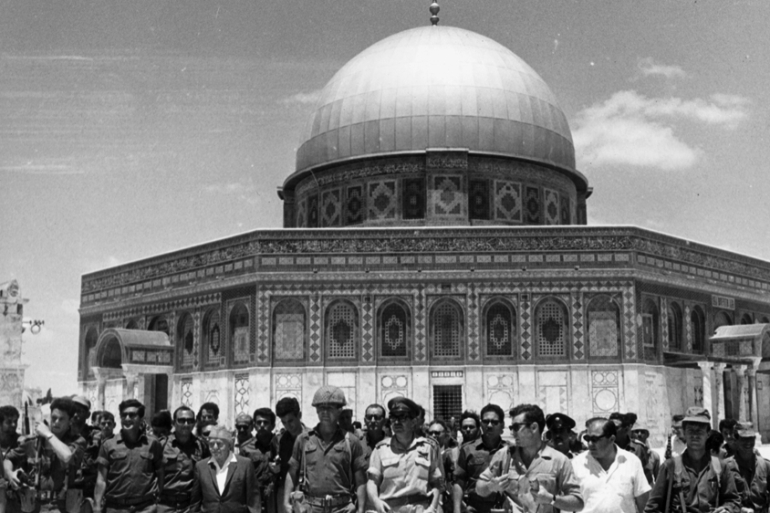
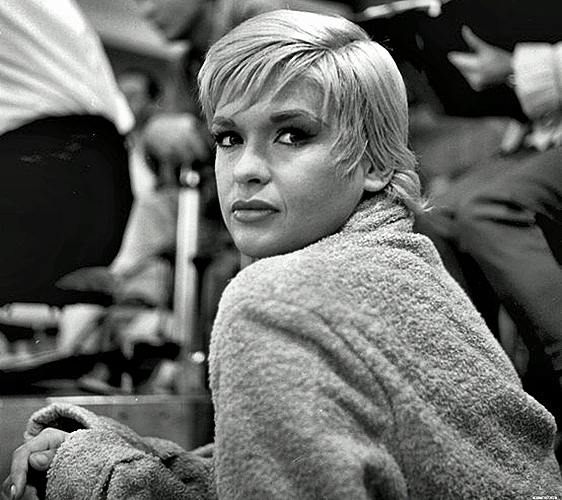
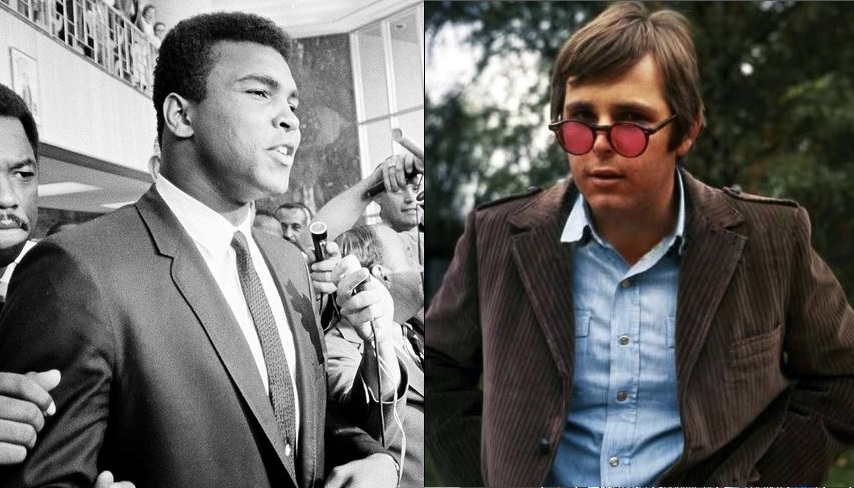


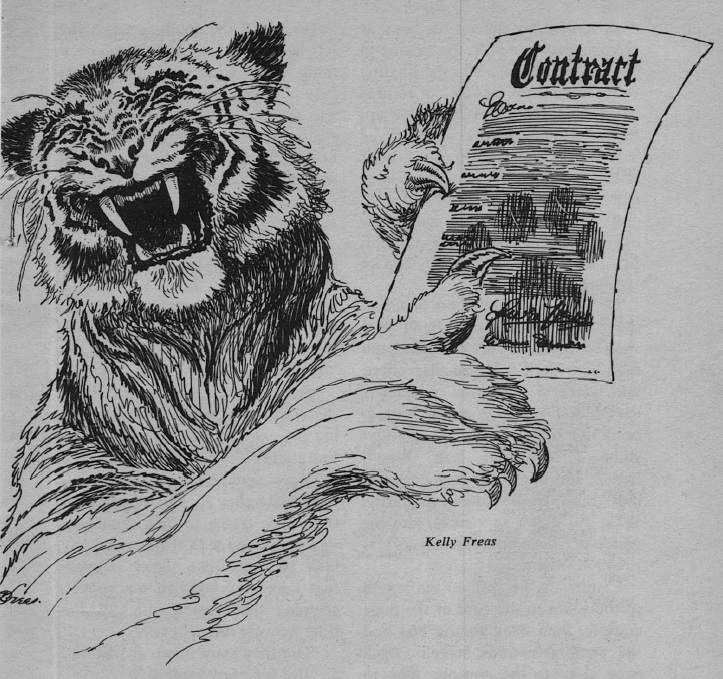



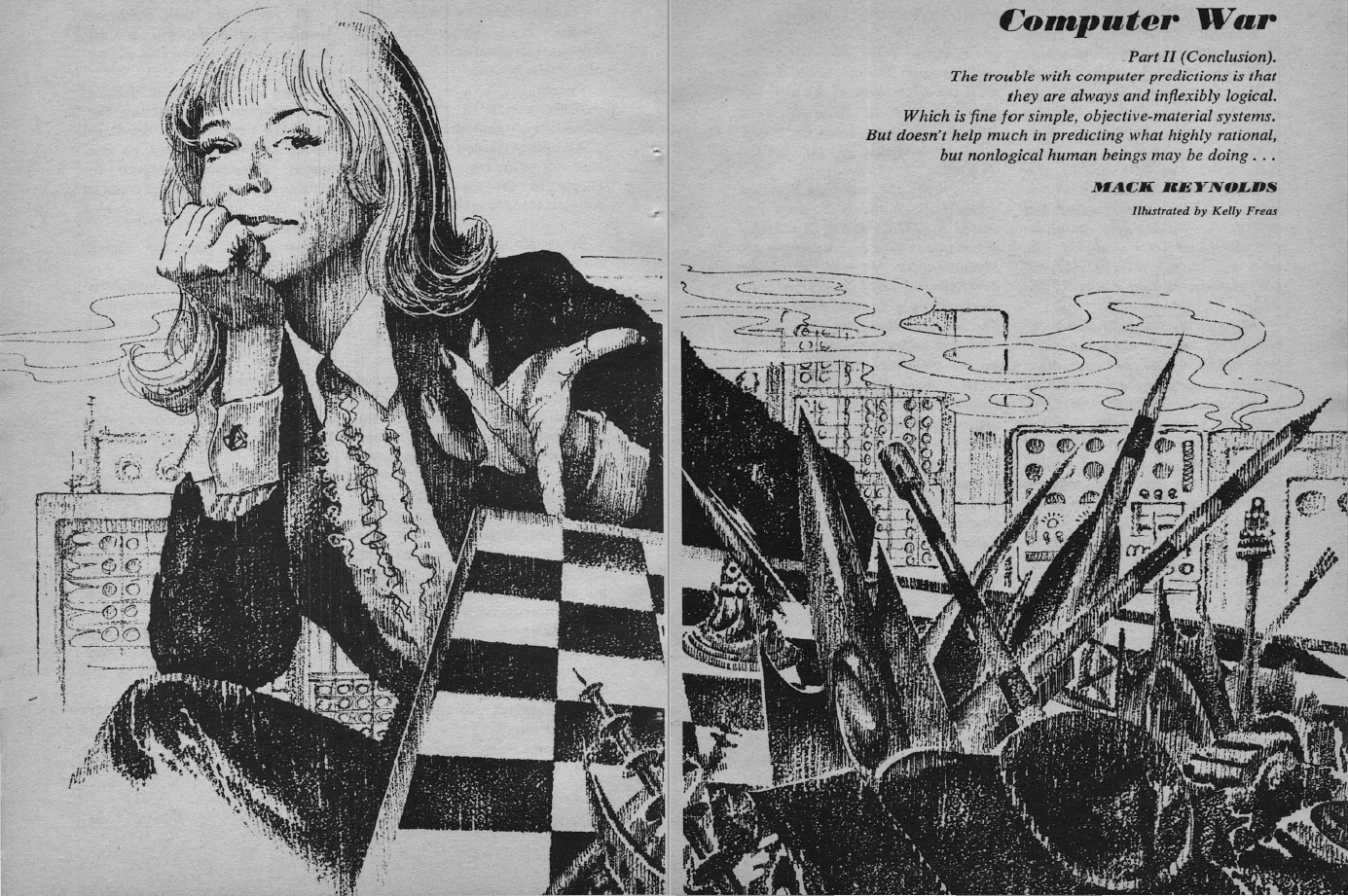

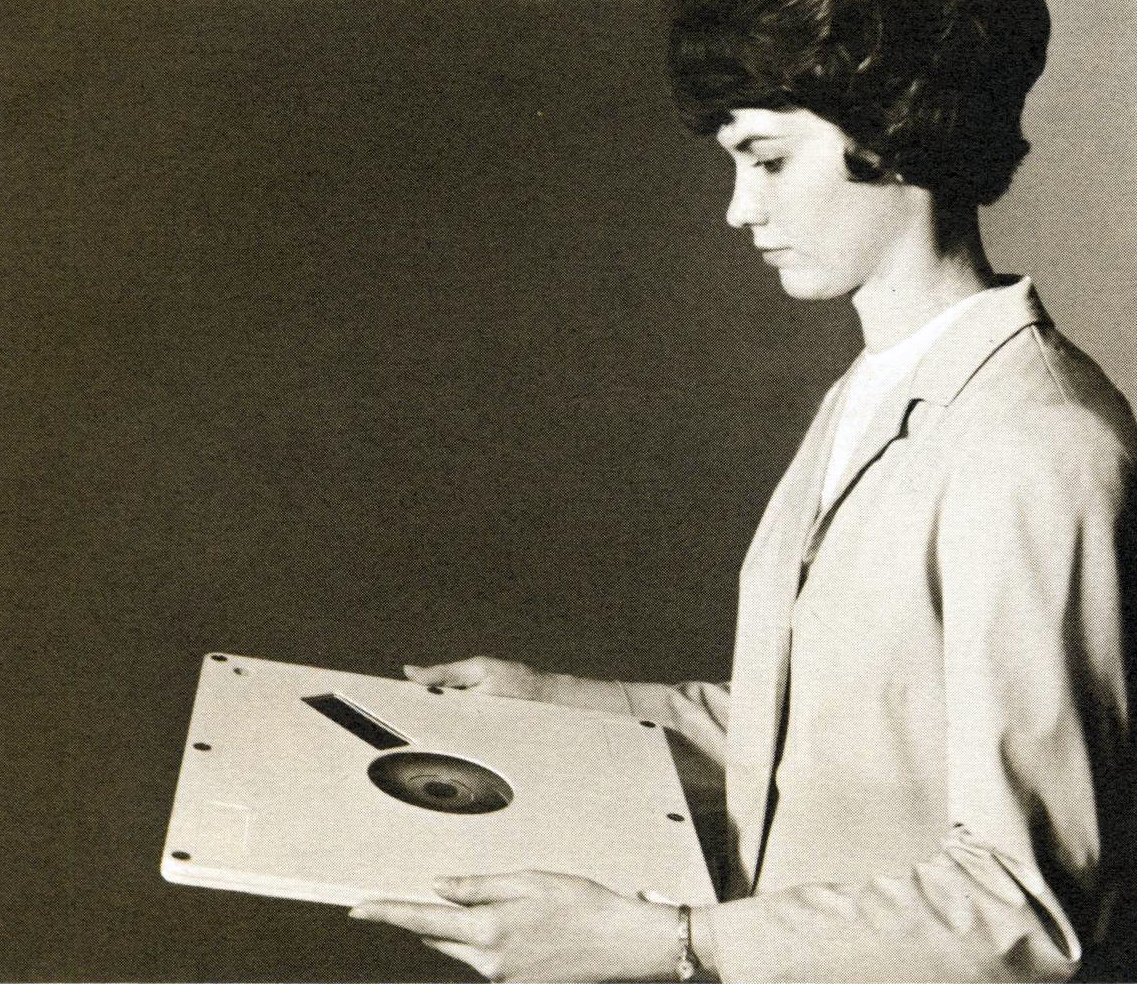
![[June 20, 1967] Yours sincerely, wasting away (July 1967 <i>Fantasy and Science Fiction</i>)](https://galacticjourney.org/wp-content/uploads/2022/06/670620cover-649x372.jpg)
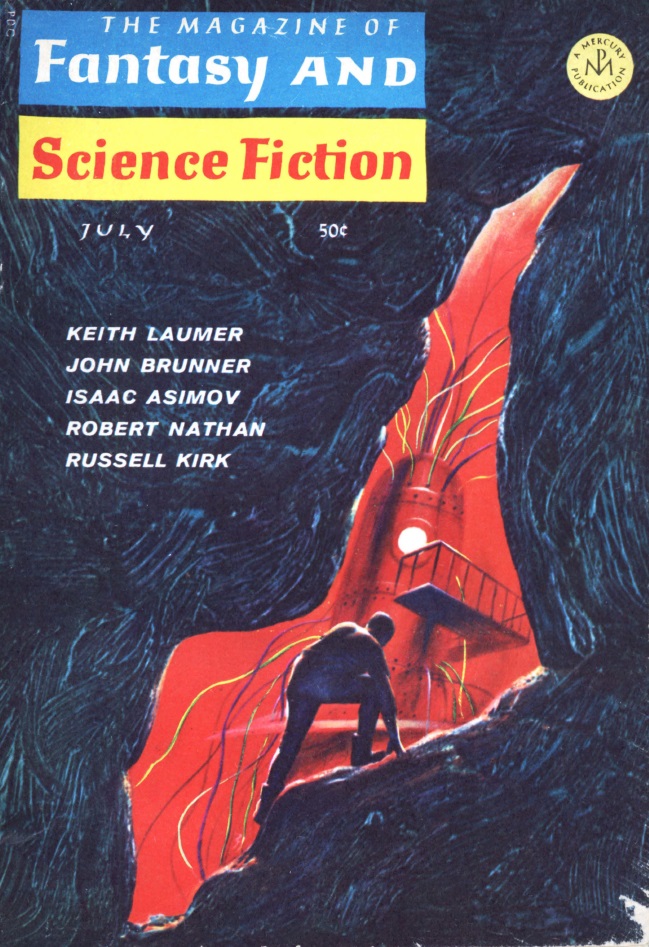

![[June 16, 1967] What's Going On Here? (June 1967 Galactoscope)](https://galacticjourney.org/wp-content/uploads/2022/06/670616covers-672x372.jpg)




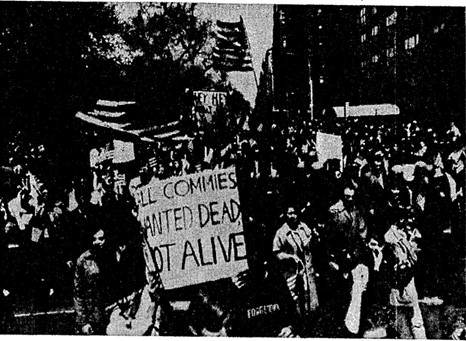

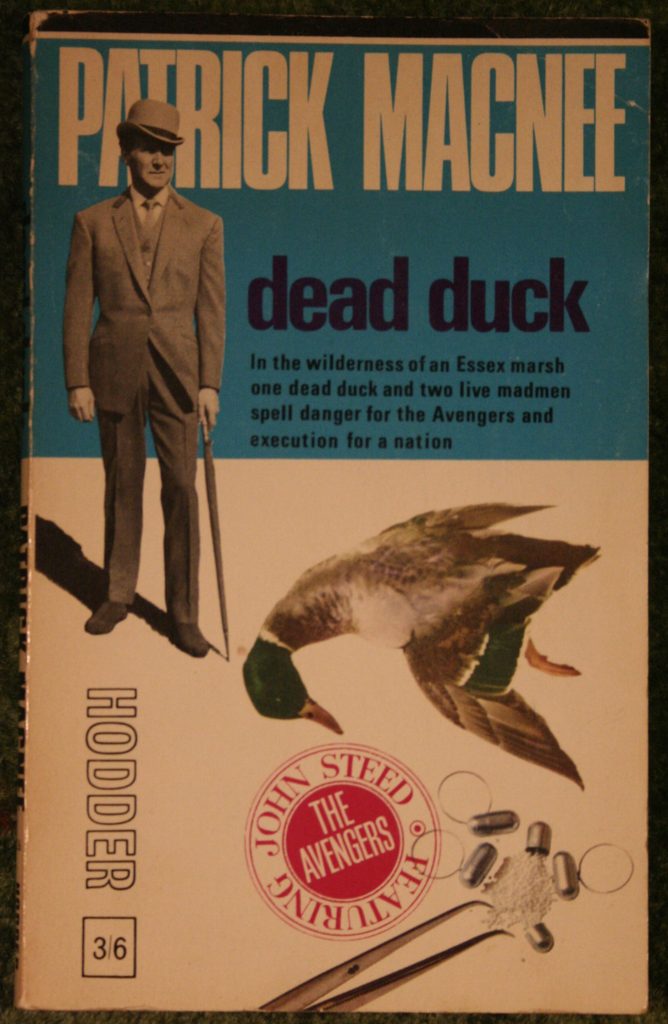
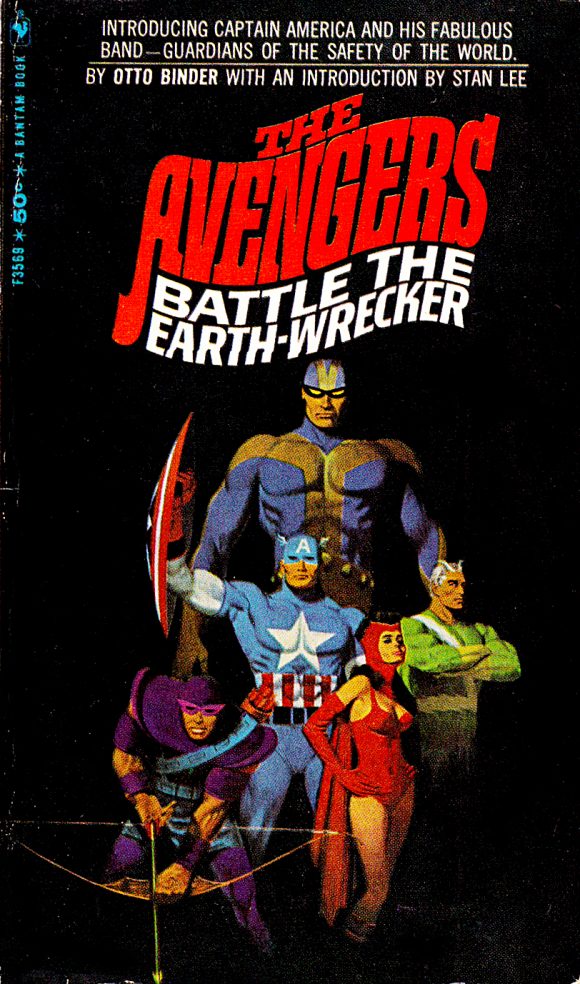
![[June 10, 1967] Music To Read By (July 1967 <i>Fantastic</i>)](https://galacticjourney.org/wp-content/uploads/2022/05/fantastic_196707-2-1.jpg)



















![[June 4, 1967] The Daleks Stoop To A New Low… Vehicle Theft! (<i>Doctor Who</i>: The Evil Of The Daleks [Part 1])](https://galacticjourney.org/wp-content/uploads/2022/06/660604dalek-672x372.jpg)
